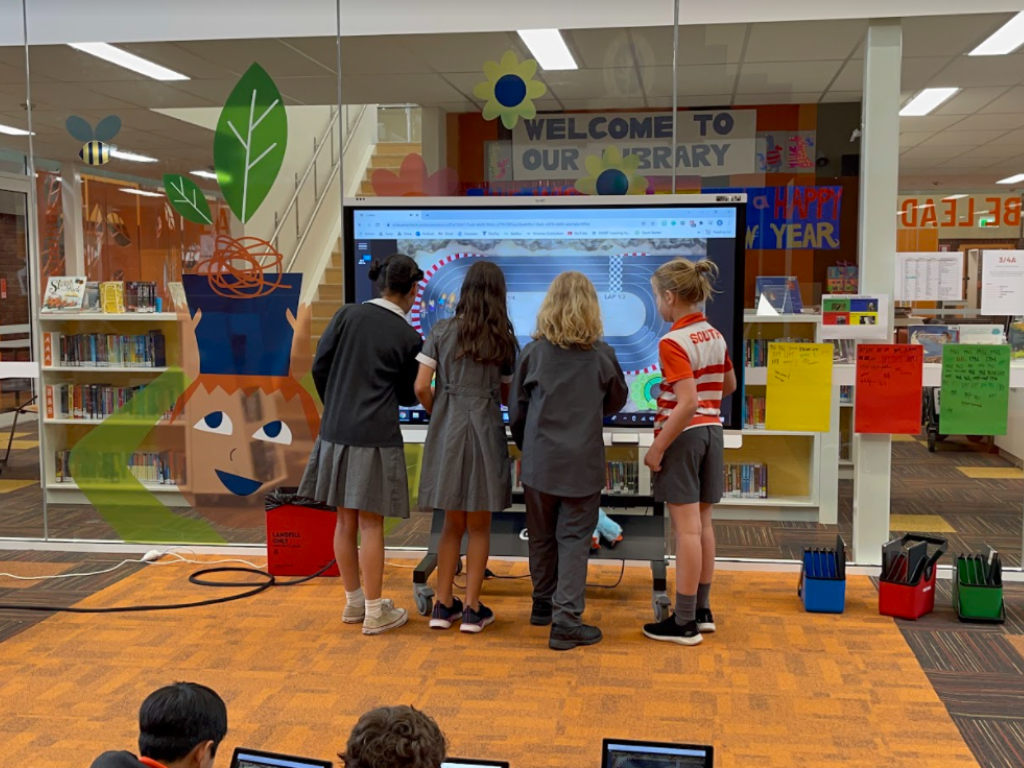Want to improve student engagement? Your classroom design just might be your best tool.
Space and learning
Classroom space can impact how deeply students engage with content, materials and one another. Obviously, basic functionality is essential to learning. A classroom should be safe, comfortable and accessible for all, with appropriate furniture and lighting.
After these basic needs are met, you can take more steps to create a classroom where students love to learn. The good news is, it doesn’t require hours on Pinterest or in the craft store (in fact, intense visual design can distract students). All you need is an understanding of how students interact with spaces.
3 primary student needs
When planning an engaging learning space, it’s useful to understand what students need from them. These needs fall into three main categories.
- Ownership
Students who feel like they belong are more invested in learning. Teachers need to show evidence that we value our learners, their contributions and their successes.
- Flexibility
Giving students choices is an easy way to invite them to engage. When learners decide where, how and what materials to work with, they’re motivated to be evaluative, creative and experimental.
-
Collaboration
Some of the most powerful learning happens when students connect with their peers. Teachers can make teamwork thrive by setting up their classrooms strategically.
Designing your classroom
Now that you understand what supports student engagement, put these tips into practice. You’ll soon have a classroom that generates student cooperation, creativity and contribution.
Recognize each student. Even if it’s simply posting pictures and names, students should see themselves reflected in the room.
Involve their interests. Display images, figures and quotes that reflect students’ cultures, choose project topics they care about, and connect their work to real-life examples.
Display student work. Show student-made anchor charts, art and questions, and be sure to comment on and acknowledge their contributions.
Set up task stations. Manage and maintain jobs and procedures by creating spaces where students can collect and record their assignment submissions.
Set up creation spaces. For example, use an interactive display mounted where students can access tools and content for research and reporting.
Make supplies available. Keep a range of materials on hand so students have what they need to express themselves and explore learning topics.
Use multiple seating types. Designate different areas to honor various purposes, tasks and emotions, and set up seating configurations that allow for whole or small-group discussions.
Keep learning tools accessible. Store materials, supplies and manipulatives within reach, including tablets and other electronic devices.
Share work surface areas. Make shared spaces work for different group sizes, including digital workspaces for distance collaboration.
Create student presentation spaces. Set up a consistent location for posing and answering questions.
Make movement easy. Block out wide, convenient channels that allow everyone to see, access what they need and communicate with each other and their teacher.
Troubleshooting tips
I’m not sure about involving students so deeply in classroom design.
Letting go of some control can feel uncomfortable at first, but it will help students feel more at home. They’ll begin to trust that their ideas are not only welcomed but needed.
I have limited time, funds and space.
Look for multi-use or convertible options and materials to offer in the room. Learners will start to take more risks and look for new ways to approach and extend their work.
My students need different levels of collaboration for different activities.
This is where flexibility is key. Students will likely jump at the chance to help shift their spaces as needed. Plus, collaborating to manage their shared space helps students experience the benefit of working with others.


